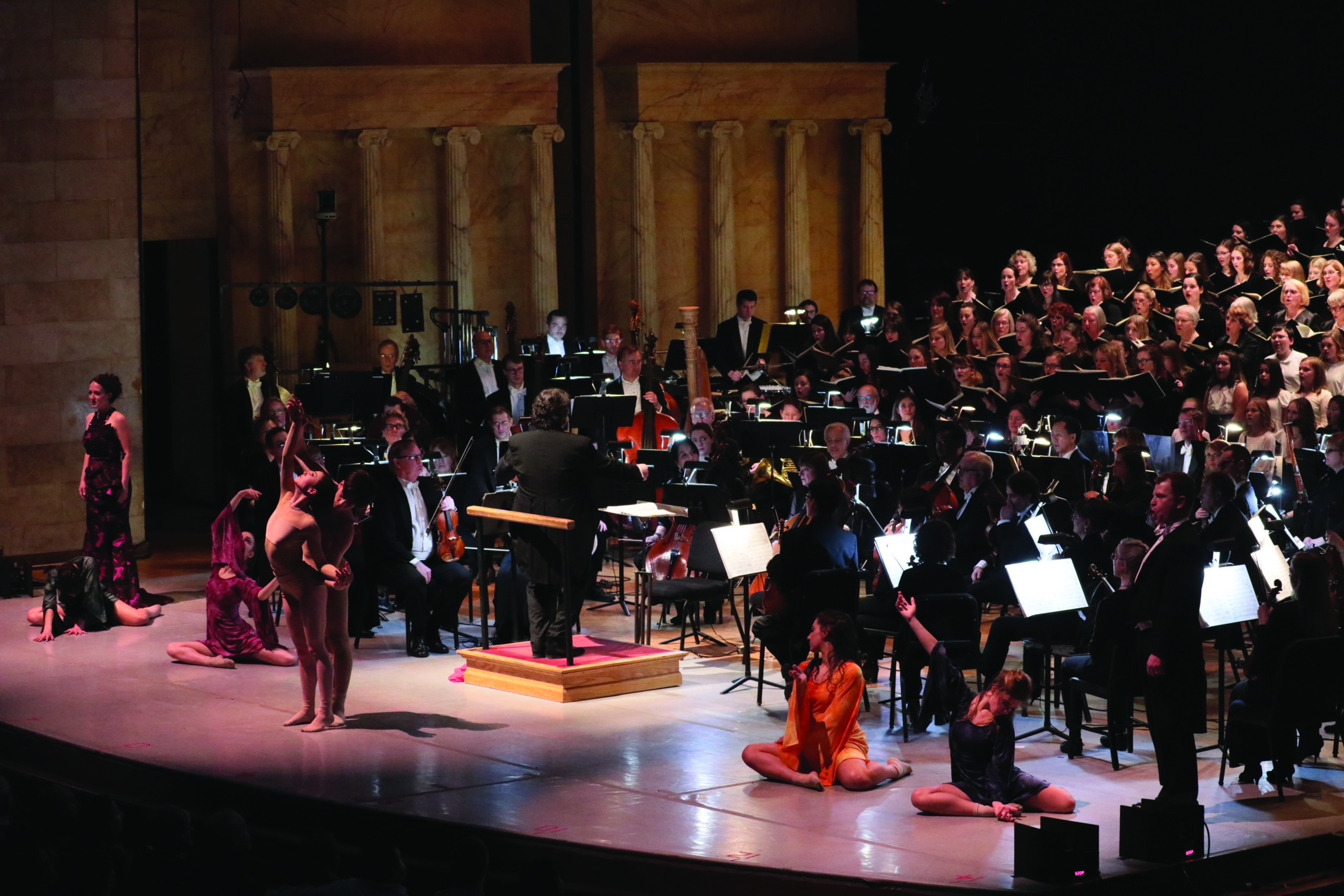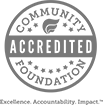Be brave enough to start a conversation that matters.
— Margaret Wheatley
Two years ago, two Toledo arts organizations had a conversation. No one knew at the outset that it would matter quite as much as it did. But at its conclusion, a unique model was created that combined the symphony and ballet — the Toledo Alliance for the Performing Arts — and a new era had begun for both music and dance in Toledo.

At first, the conversation was about finances, explained Zak Vassar, president of the Toledo Symphony Orchestra (TSO).
“For decades, members of the TSO had comprised the pit orchestra for the Toledo Ballet, most notably for their annual performance of The Nutcracker,” he said. “But in recent years, the Ballet had begun to experience some financial pressures and asked the TSO if they could reduce their price for the annual performances of the holiday classic.
“Members of the Symphony are paid contractually established rates, so our cost was not something we could change,” he continued. “But we wanted to assist. So, we offered to help them sell more tickets to the performances.” TSO proposed setting a target beyond which all receipts would be split 50/50, and the Ballet agreed.
Photo: TAPA's combined performance of Carmina Burana, Feb. 14, 2020
With their well-established promotional channels, TSO’s involvement lead to a 24% increase in box-office revenues for The Nutcracker that season. Describing a post-event review meeting, Zak said, “We asked: Should we do this again? To which the then-chair of the Ballet board, Stephanie Alexander, replied, ‘Let’s do this forever.’”
Enter GTCF and the Strategic Alliance Partnership (SAP).
“We knew a facilitated discussion would be essential to a successful process,” said Zak. “The facilitator would need to be a skilled professional with extensive experience in the arts. We also knew about the GTCF’s Strategic Alliance Partnership and how the SAP grant could assist with the cost of our facilitator.”
Heather Bradley, director of The Center for Nonprofit Resources and SAP Program Officer, described the role of the SAP grant in the process. “SAP grants support collaborations of all types between nonprofits that operate in similar arenas,” she said. “One example of SAP support is engaging a neutral third-party professional who can help participants identify a sustainable business model.”
She continued, “This is the one GTCF grant that involves a two-step process. We received a letter of inquiry, which was then reviewed by all three SAP investment partners — GTCF, Stranahan Foundation and ProMedica,” she explained. The fund partners agreed on the merits of the collaboration and invited the participants, who by then had grown to include the Toledo Opera, to submit a proposal.
A real conversation always contains an invitation … to tell you who they are or what they want.
— David Whyte
With the grant in place, the group secured La Piana Consulting to facilitate the discussions. “La Piana came to the table with an early clarification of what would come from this,” said Zak, “ranging from nothing at all, up to and including shared participation, marketing, box-office sales or a total merger.”
While the initial vision was music, song and dance, the Opera chose to remain independent in the end. “The generosity of the GTCF funding provided the space to express with candor both our hopes and our fears,” observed Zak. “The facilitator allowed us to investigate our potentials, choose what’s best for each and still leave the process as friends.”
Zak pointed to another dynamic involving the remaining two groups. “We can’t say that we came to the table as equal organizations,” he said. “The Ballet relied quite a bit on parental and community volunteers. Its dancers were pre-professional youth, occasionally joined by hired adult performers. In contrast, the Symphony had a robust staff, professional union musicians and a $7 million budget. But,” he paused to note, “our attitude was that we were two equals coming together.”
Conversation is a catalyst for innovation.
— John Seely Brown
“The discussion also improved our vision of what we could accomplish creatively,” Zak added. “The visual experience of the symphony is quite static, so the opportunity to expand dance into the orchestral space, making movement a part of the audience experience, was huge.” The process concluded in a decision to form a new organization, TAPA, which would handle administration for both the Symphony and Ballet and facilitate their creative collaboration.
The new structure resulted in immediate operational efficiencies. The Ballet had several unresolved vacancies that TAPA made unnecessary to fill. Their executive director joined the Symphony, which in turn afforded the Ballet all the benefits of its fundraising and marketing infrastructure. But there were still concerns to be resolved.
“When we thought about the branding implication of the merger, the biggest question I had was: ‘How do we answer the phone?’” said Zak. “We had to change our names on everything. This is a functional and marketing issue — but it’s also an organizational culture issue.”
He explained: “Donors have such a significant investment in the mission and people of each organization that if we say, ‘give to TAPA,’ we have erased the emotional ties to the legacy organizations. We had to address that concern, too.” So, for now, the TAPA business cards have on the back both TSO and Ballet logos, and the two organizations maintain separate annual fundraising efforts.
Even with these concerns, it is evident to all involved that the benefits of collaboration are outweighing the potential challenges. Zak concluded, “For me, the most exhilarating thing about the merger was what happened in the community after the two organizations raised their hands and said, ‘Let’s collaborate.’ It’s truly a multi-genre experiment to grow the appetite for both music and dance in this region. Our recent performance of Carmina Burana was an example of this, and one that I couldn’t be prouder of.”
The Strategic Alliance Partnership was created to support the exploration and formation of collaborations, alliances and/or mergers that would enable area nonprofits to achieve more effective and efficient use of financial and human resources, gain greater long-term financial stability and enhance social impact. If your nonprofit seeks to benefit from such a partnership, please contact Heather Bradley at [email protected].
SAP Grants
Learn more about Strategic Alliance Partnership (SAP) grants offered through Greater Toledo Community Foundation.
Discover SAP grants!
